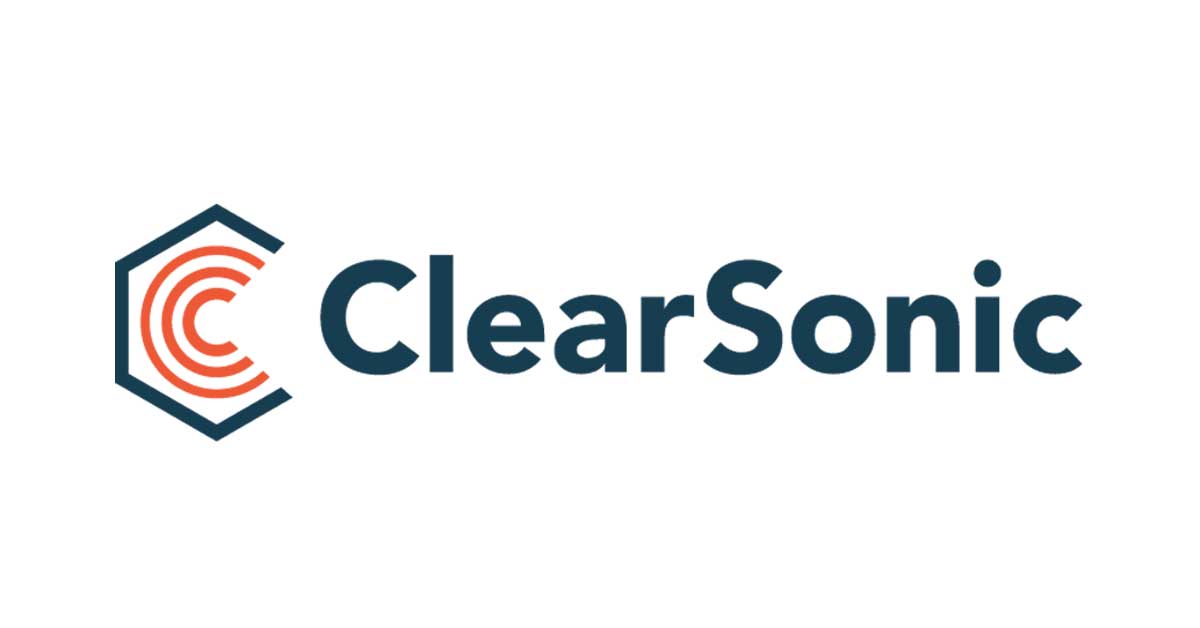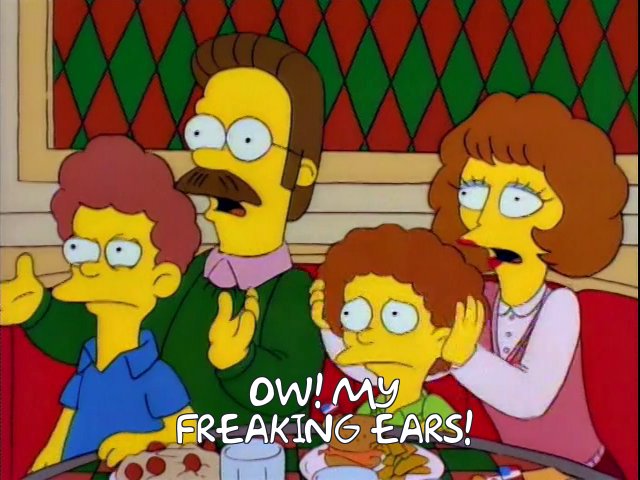Did you know noise has a new definition?
Dr. Daniel Fink developed hyperacusis after a one-time exposure to noise at an event. Hyperacusis is a condition in which exposure to loud sound leads to a reduced tolerance to everyday sounds. In other words, imagine experiencing pain and discomfort from sounds that didn't bother you in the past.
This experience led Dr. Fink to suggest the definition of noise be expanded to ‘noise is unwanted and/or harmful sound' to acknowledge that prolonged exposure to loud noise can lead to other harmful effects on our wellbeing outside of hearing damage, such as contributing to dementia and cardiovascular disease.
So what, you say? Well, on average, safe noise levels are around 70 dB. But restaurants, bars, music venues, workplaces, parties, machinery, sirens, headphones and earbuds, etc. routinely expose us to dB levels much higher than this.
The issue is easy to brush off - as a lifelong musician, I can attest to the attitude of my younger self dismissing the value of earplugs. I really became concerned about my hearing once I noticed my tinnitus. Now I try to always have earplugs handy, but I wish I had done more to mitigate my hearing damage in the past.
Hearing issues are common amongst musicians, but you clearly don’t have to be a musician to experience hearing damage. The key is understanding that many everyday sounds can damage hearing, that hearing damage doesn’t heal, and that hearing damage can be detrimental to our well-being. More research and educational outreach will help.
Moreover, our isolation and sound absorption products can help your ears. ClearSonic drum shields help reflect and project problem sounds away from listeners. But if the overall acoustic environment is made of hard, reflective surfaces, a drum shield will be less effective. Sure, it can initially divert sounds away from listeners, but a reflective room will simply keep bouncing those sound waves around, allowing them to eventually reach listeners' ears anyway.
Using ClearSonic Sorber sound absorption panels can help in this case. Sorber is effective at absorbing sound wave energy and is great for acoustically treating a reflective space. They come in a variety of sizes so you can use them on walls and ceilings or in combination with drum shields as an isolation booth. These solutions can be applied to many settings outside of music performance and recording including conference rooms, restaurants, classrooms, churches, industrial and commercial spaces, and more.
Have you experienced hearing loss? Leave a comment and tell us, and be sure to check out the info over at Hearing Health Foundation.
The article, plus some other interesting info:
https://hearinghealthfoundation.org/blogs/science-is-just-the-start
Dr Fink’s article for the Acoustical Society of America: https://asa.scitation.org/doi/pdf/10.1121/2.0001186
Join the Quiet Coalition to get involved: https://quietcommunities.org/
Dr. Daniel Fink developed hyperacusis after a one-time exposure to noise at an event. Hyperacusis is a condition in which exposure to loud sound leads to a reduced tolerance to everyday sounds. In other words, imagine experiencing pain and discomfort from sounds that didn't bother you in the past.
This experience led Dr. Fink to suggest the definition of noise be expanded to ‘noise is unwanted and/or harmful sound' to acknowledge that prolonged exposure to loud noise can lead to other harmful effects on our wellbeing outside of hearing damage, such as contributing to dementia and cardiovascular disease.
So what, you say? Well, on average, safe noise levels are around 70 dB. But restaurants, bars, music venues, workplaces, parties, machinery, sirens, headphones and earbuds, etc. routinely expose us to dB levels much higher than this.
The issue is easy to brush off - as a lifelong musician, I can attest to the attitude of my younger self dismissing the value of earplugs. I really became concerned about my hearing once I noticed my tinnitus. Now I try to always have earplugs handy, but I wish I had done more to mitigate my hearing damage in the past.
Hearing issues are common amongst musicians, but you clearly don’t have to be a musician to experience hearing damage. The key is understanding that many everyday sounds can damage hearing, that hearing damage doesn’t heal, and that hearing damage can be detrimental to our well-being. More research and educational outreach will help.
Moreover, our isolation and sound absorption products can help your ears. ClearSonic drum shields help reflect and project problem sounds away from listeners. But if the overall acoustic environment is made of hard, reflective surfaces, a drum shield will be less effective. Sure, it can initially divert sounds away from listeners, but a reflective room will simply keep bouncing those sound waves around, allowing them to eventually reach listeners' ears anyway.
Using ClearSonic Sorber sound absorption panels can help in this case. Sorber is effective at absorbing sound wave energy and is great for acoustically treating a reflective space. They come in a variety of sizes so you can use them on walls and ceilings or in combination with drum shields as an isolation booth. These solutions can be applied to many settings outside of music performance and recording including conference rooms, restaurants, classrooms, churches, industrial and commercial spaces, and more.
Have you experienced hearing loss? Leave a comment and tell us, and be sure to check out the info over at Hearing Health Foundation.
The article, plus some other interesting info:
https://hearinghealthfoundation.org/blogs/science-is-just-the-start
Dr Fink’s article for the Acoustical Society of America: https://asa.scitation.org/doi/pdf/10.1121/2.0001186
Join the Quiet Coalition to get involved: https://quietcommunities.org/



Share:
What are Drum Shields & IsoPacs Anyway?